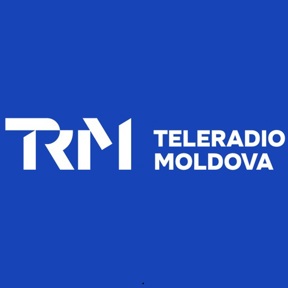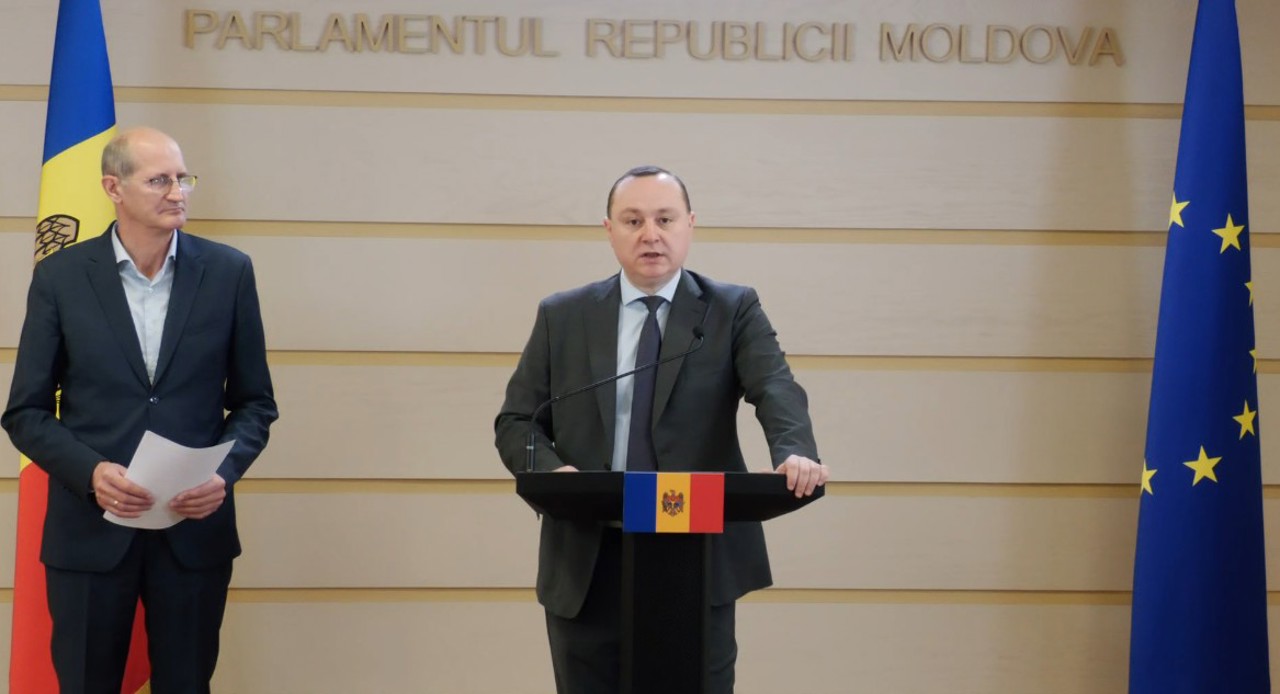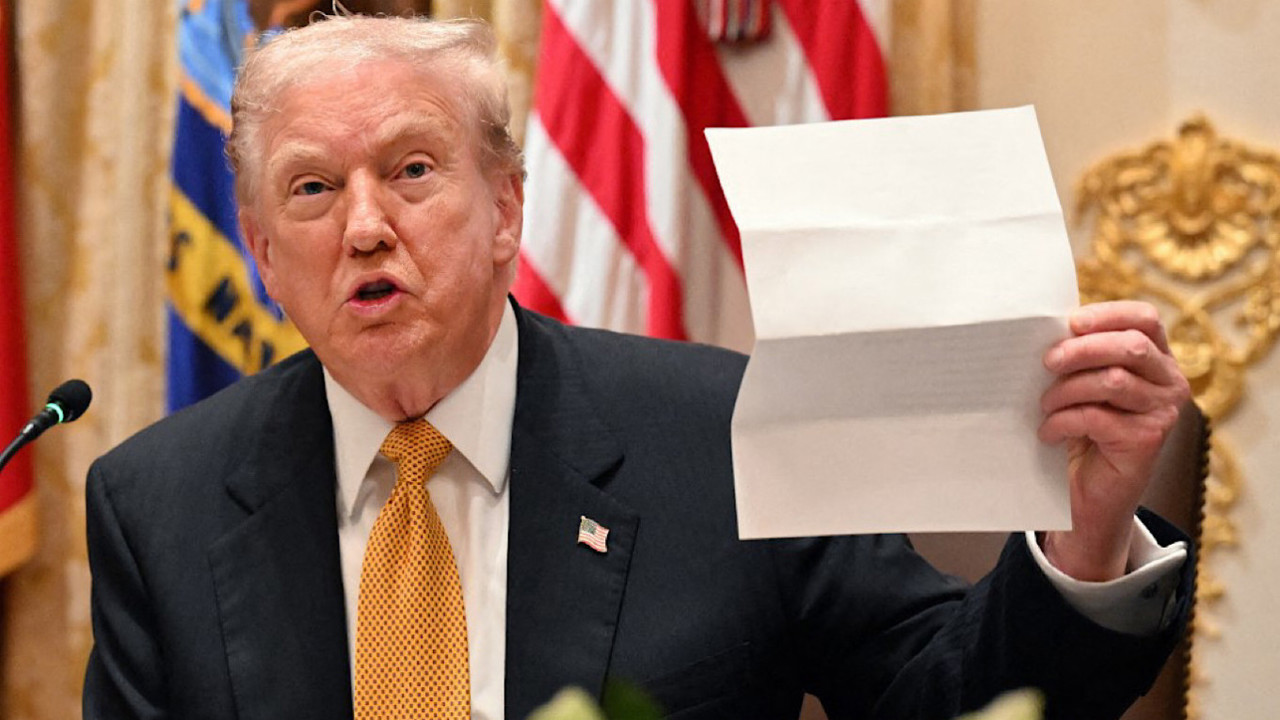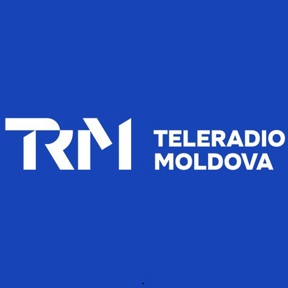Romanian Ia honored at EU Commission in Brussels

For the first time, the Romanian Ia, a symbol of Romanian and Moldovan cultural heritage, will be honored with a unique exhibition right at the heart of European institutions, specifically at the European Commission's main headquarters in Brussels.
The event will take place on Tuesday, June 24, from 12:00 PM to 3:00 PM, in the PIAZZA building within the Berlaymont complex, under the honorary patronage of European Commission Vice-President Roxana Mînzatu, as reported by Jurnaldebelgia.ro.
Visitors will be able to admire authentic Ii, meticulously hand-embroidered by members of the Șezătoarea Bruxelles community. Each piece on display tells a story and carries cultural significance passed down through generations, reflecting the diversity and richness of Romanian traditions.
Public access to this exhibition is by online pre-registration only. Organizers encourage visitors to discover the symbols and meanings of each Ia pattern and to speak directly with the creators, fostering a dialogue between art, tradition, and contemporary life.
Universal Ia Day — An Internationally recognized symbol
Universal Ia Day is celebrated annually on June 24, coinciding with the traditional Sânziene holiday, and was initiated in 2013 by the La blouse roumaine IA Association. Over the years, the Ia has become a globally recognized element of cultural identity. In 2022, the cămașa cu altiță (blouse with embroidery on the shoulder) was included in the UNESCO Representative List of the Intangible Cultural Heritage of Humanity as a symbol of traditional Romanian and Moldovan craftsmanship.
The theme for the 2025 edition, "Roots: The Power of Ritual," emphasizes the importance of returning to the authentic meaning of traditions and community. Andreea Diana Tănăsescu, founder of the La blouse roumaine community, describes the celebration as a "contemporary ritualistic act" that highlights the connection between people and ancestral values.
The inclusion of the cămașa cu altiță on the UNESCO list helps preserve and revitalize traditional techniques, encouraging new generations to continue this craft. International recognition boosts the visibility of this cultural symbol on the global stage, significantly contributing to cultural diversity and stimulating intercultural dialogue.
Translation by Iurie Tataru






